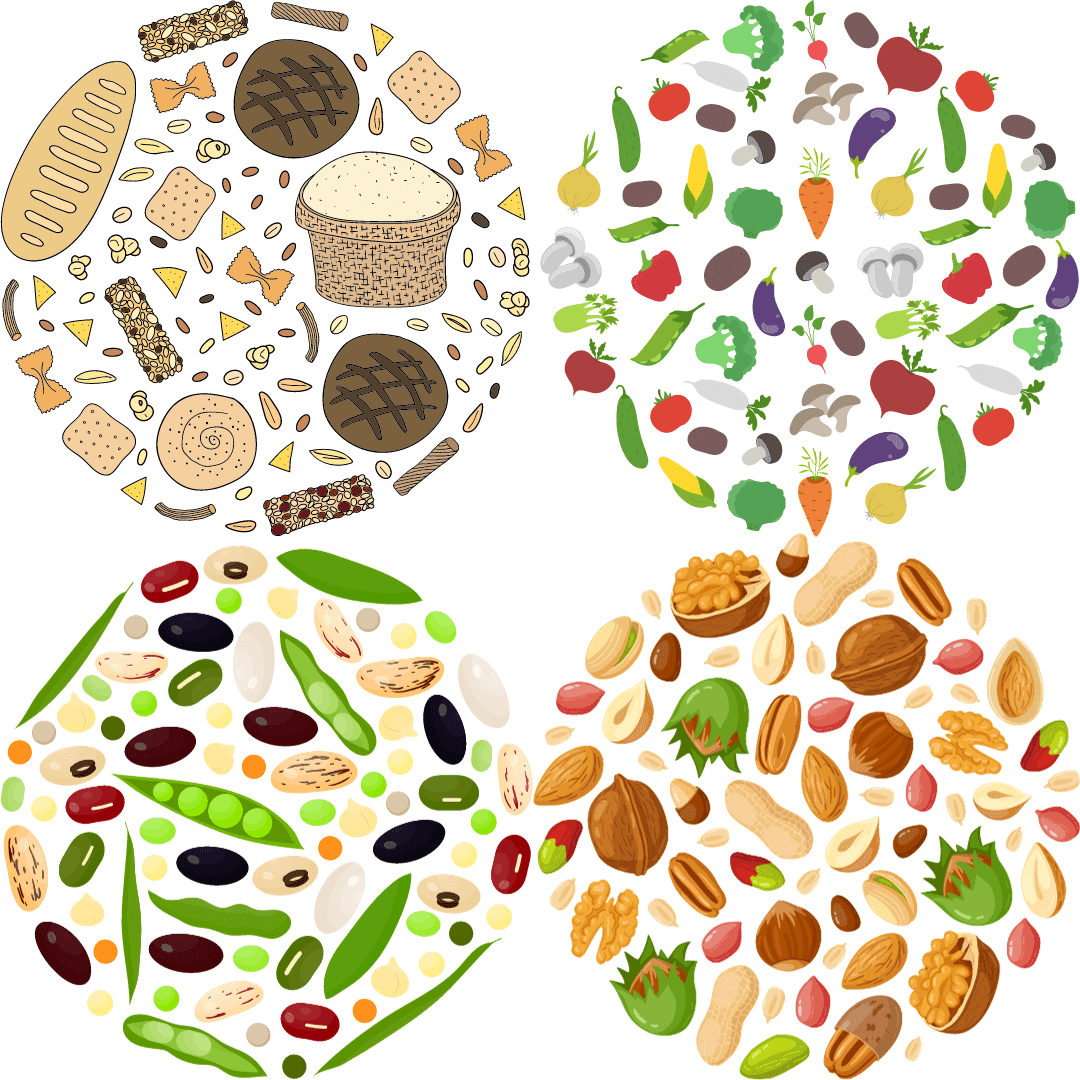
Most Canadians are getting around half the amount of the recommended intake of fibre per day according to the Canadian Digestive Health Foundation.
Part of this is the rise of hyperpalatable foods (think cookies, chips, pastries, etc.) that typically are low or devoid of fibre and tend to replace fibre-rich foods. Part of this is a movement away (like the keto diet) from grains and lentils that are high in fibre. There are many other reasons as well.
High-fibre diets are linked with a lowered risk of chronic disease like heart disease, certain types of cancer, and all-cause mortality
High fibre intake, especially in the luteal phase, is associated with less PMS!
Fibre is needed to regulate cholesterol levels in the body as well as eliminate hormone by-products and other waste
Fibre improves satiety by slowing down the transit time of food through your digestive system. This is the same reason it helps with blood sugar regulation
Fibre comes complexed with vitamins and minerals as fibre comes from plant foods
Fibre helps with digestion, offering expanding and pushing force to help eliminate waste; however, it's not necessarily the solution to digestive disorders like IBS
Consuming diverse types of fibre supports a healthy gut microbiome. That said, certain types of fibre can aggravate bloating, gas, and abdominal distension due to fermentation in the gut in certain digestive disorders
For adult females, the recommendation is ~25g per day.
Fibre only comes from plant foods, i.e., all plant foods naturally contain fibre. So, the way to get more fibre into your body is to eat more plants. This is helpful not only for the fibre, but also for the antioxidants, minerals, and vitamins that plants offer.
You can obviously use a fibre supplement (think psyllium husk (like Metamucil) and similar) as a support.
Here are some example combinations to reach your daily fibre goal:
1 cup beans (cooked) + 2 tbsp pumpkin seeds + 1/2 cup peas + 1 apple + some veggies
1/2 cup rolled oats (uncooked) + 1/2 cup berries + 1 cup lentils (cooked) + 1/2 cup broccoli (cooked) + some veggies
This post by the Canadian Digestive Health Foundation offers some ways to start increasing your fibre intake.
If you've followed a low-fibre diet for an extended period of time, adding fibre back in slooooowly might be prudent to minimize abdominal discomfort and digestive issues. If you're looking for digestive help, talk to your naturopathic doctor. There is A LOT of gut misinformation out there in the world. We don't want to cut out groups of food–we actually want a diverse diet to help our overall and hormonal health!
